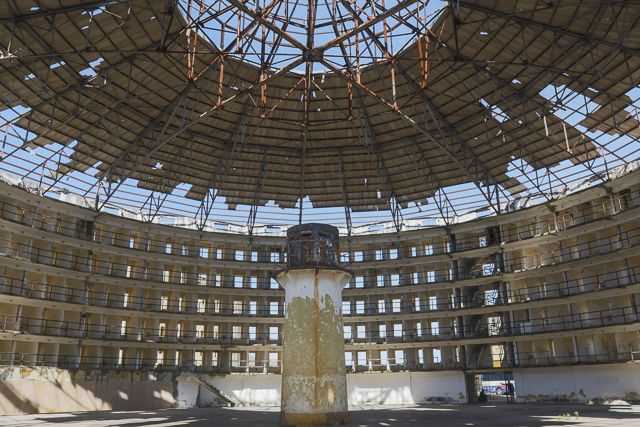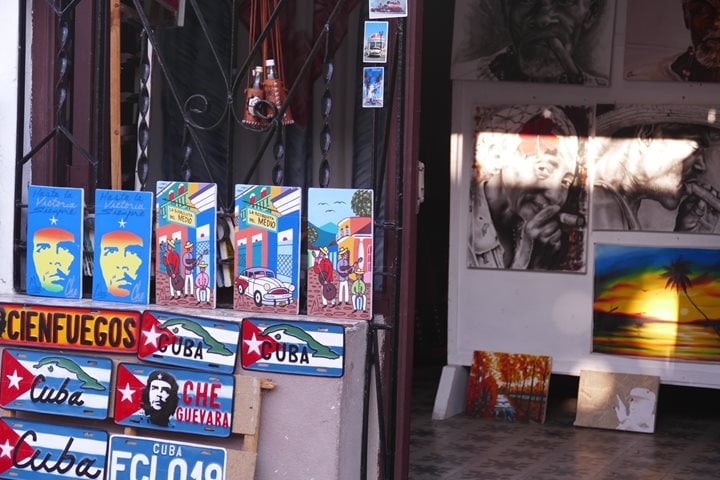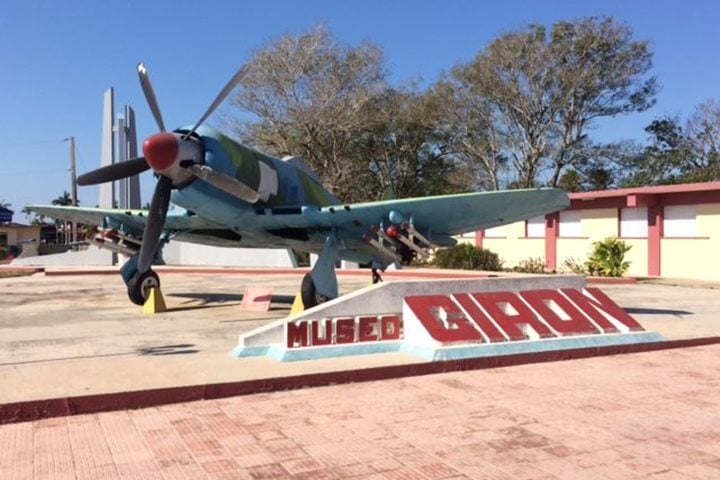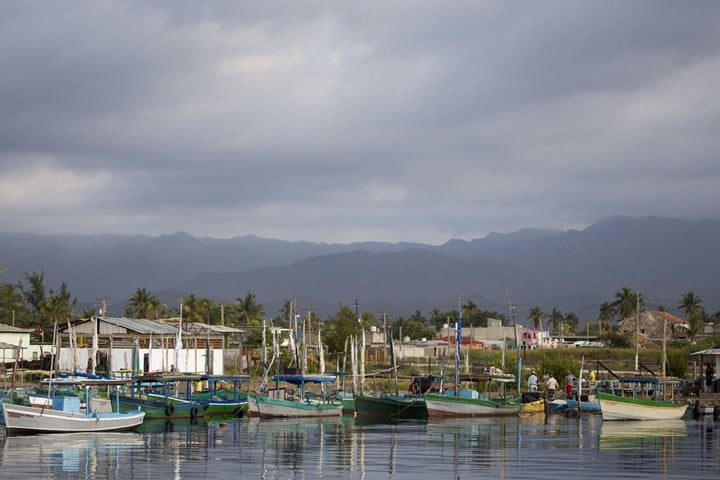After having spent a quiet night at anchor in Siguanea Bay, off the western coast of the Isle of Youth, we boarded a local tender boat that took us to a small marina, one of the few man-made structures in the entire bay. Lined with dense mangrove growth, the bay is home to a variety of wildlife including royal terns, brown pelicans, neotropic cormorants and magnificent frigatebirds, many of them perching on posts near the shoreline. A local nurse waited for us at the marina and readily checked our temperatures with a digital thermometer, just to make sure that we were all healthy and didn't introduce potential infectious diseases into the island, as part of the Cuban health program, which emphasizes prevention of health issues. Once cleared, we boarded a variety of local vehicles that took us for a nice forty five-minute ride across the countryside towards the capital city of Nueva Gerona. Along the way, we got the chance to see the abundant pine trees that gave the island one of its numerous early names, the Isle of Pines; we also had the opportunity to see some of the more than sixty school-complexes that were built throughout the island after the triumph of the revolution and where young people from all over Latin America, Africa, the ex-Soviet Union and Israel studied for free their degrees in medicine, odontology and other careers. The abundance of young students here during the 1970s and 80s made Fidel Castro rename the island as the Isle of Youth.
We visited the infamous Model Prison in the outskirts of Nueva Gerona, where Fidel and his comrades spent almost two years in captivity after having failed to capture the Moncada garrison in July of 1953; the cell where he and his brother Raúl were isolated from the rest of the population still contains their beds and other furniture that they used during their time there and we learned many details of the prison.
Once in downtown Nueva Gerona, we paid a visit to a local school where elementary and secondary students learn all the regular classes plus how to dance or how to play a musical instrument. We watched several of them practicing with their teachers and learned more about the way Cuba encourages and supports the arts through their children and young people.
Lunch at La Isla restaurant was truly excellent; many of us enjoyed some of the tastiest fish that I've ever eaten, the hogfish, a species of wrasse that was Fidel's personal favorite and that the locals still call "the Commander's fish." After such a meal we had plenty of time to stretch our legs, wander around town on our own and interact with the friendly locals who don't see many outsiders. Their curiosity matched our own and we all had an excellent time on the beautiful Isle of Youth.







